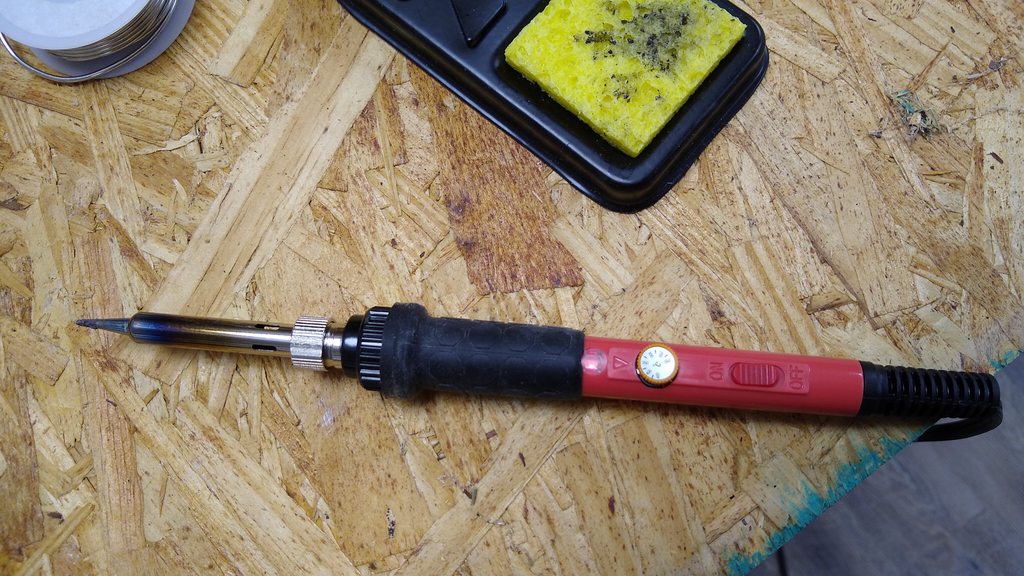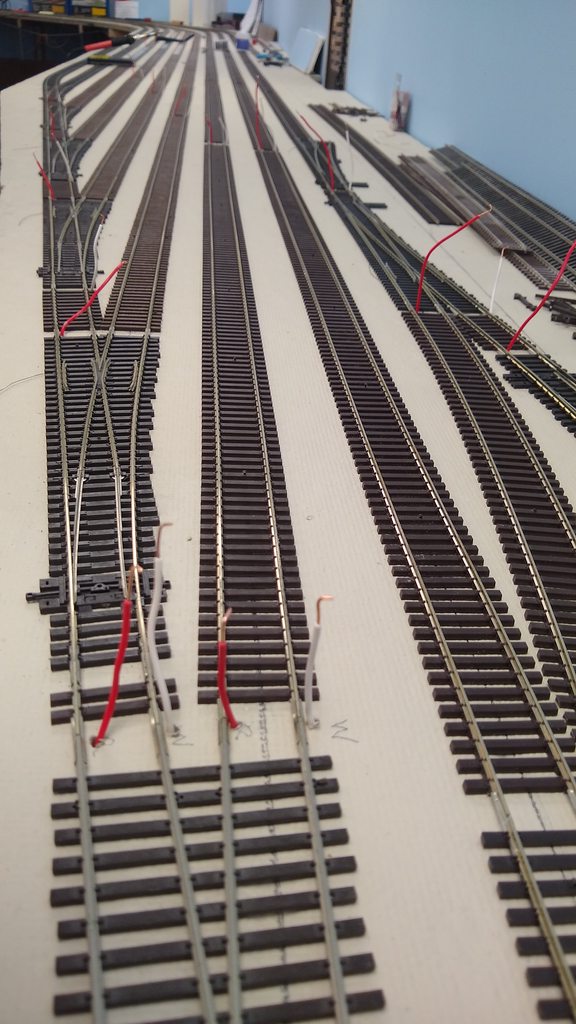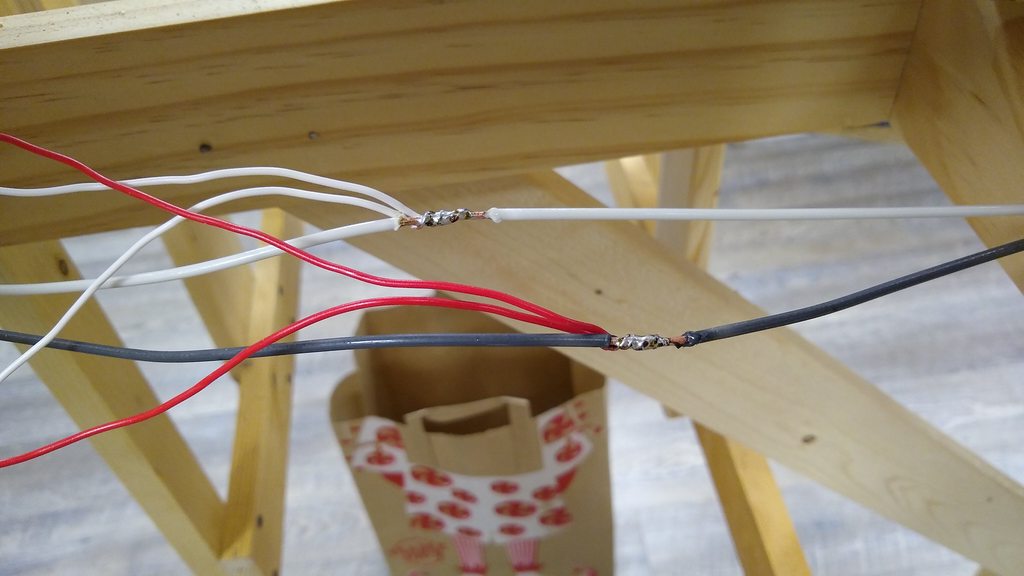Mixed Freight
Well-Known Member
I purchased a little, battery-powered Weller soldering iron years ago at Walmart for around $15 or so (probably higher now, I'm sure). Takes four AA alkaline batteries for power, arranged in series inside the body for 6 volts. With an 8W/11W selectable heat range, it's almost a perfect size for soldering DCC decoders with their tiny 28 or 30 gauge electrical wires that you typically have to deal with on hard-wire decoders.

As the small, low wattage tip radiates a lot less heat than larger soldering iron varieties, there's a lot less tendency to melt back the plastic insulation coating of those tiny electrical wires.
The major downfall of this item is its voracious appetite for batteries. As with any heat producing device, it eats them about as fast as I eat a sharing-size bag of Peanut M&M's. Which is probably okay for just an occasional soldering job. But not when used on a frequent basis. Constantly replacing batteries gets to be an expensive hobby in itself! I cured this problem by rigging up an MRC power pack to provide the power to the iron in place of the batteries. With the throttle set at 6 volts, it does the job perfectly, with no more pricey spent batteries tossed in the trash can, one after another.
Which is probably okay for just an occasional soldering job. But not when used on a frequent basis. Constantly replacing batteries gets to be an expensive hobby in itself! I cured this problem by rigging up an MRC power pack to provide the power to the iron in place of the batteries. With the throttle set at 6 volts, it does the job perfectly, with no more pricey spent batteries tossed in the trash can, one after another.
As the small, low wattage tip radiates a lot less heat than larger soldering iron varieties, there's a lot less tendency to melt back the plastic insulation coating of those tiny electrical wires.
The major downfall of this item is its voracious appetite for batteries. As with any heat producing device, it eats them about as fast as I eat a sharing-size bag of Peanut M&M's.






